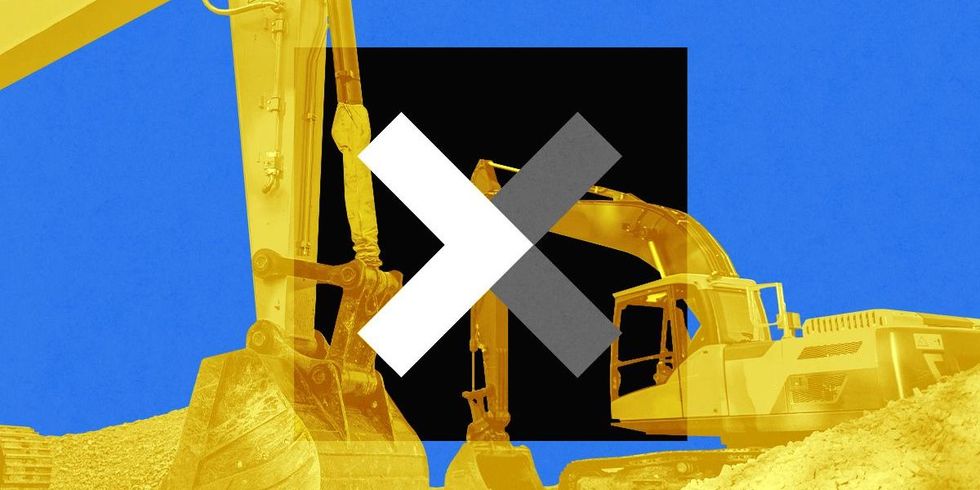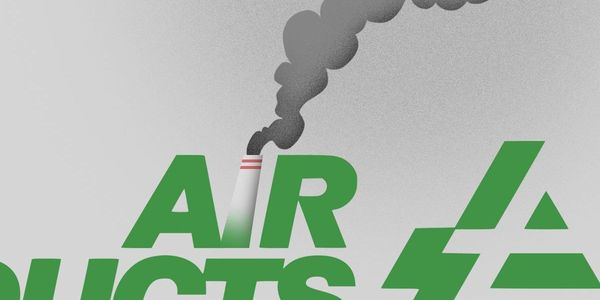
And the Winner of Elon Musk’s Carbon Removal XPRIZE Is ...

Mati Carbon, a startup that spreads rock dust on small farms in India to increase the land’s ability to suck carbon from the air, was awarded the $50 million grand prize in the Carbon Removal XPRIZE contest on Wednesday.
More than 1,000 teams initially registered for the four year-long competition, which Elon Musk bankrolled in 2021. The goal was to challenge scientists and entrepreneurs to scale new solutions to remove the carbon already blanketing the planet.
To win, entrants had to demonstrate that they’d removed at least 1,000 tons of CO2 from the atmosphere during the final year of the contest, and that the carbon would be locked away for at least 100 years. They also had to make the case to the judges that they had a viable path to scale up their operations to remove a billion tons per year in the future.
The three runners up include NetZero, a French biochar company, Vaulted Deep, which takes carbon-rich waste streams (including sewage) and turns them into a slurry that can be injected underground, and UNDO, which is advancing a similar solution to Mati Carbon but on larger farms in Scotland and Canada.
If you’ve been following the growth of the carbon removal industry, you may notice that none of the winners is building a big contraption to pull carbon from the air, also known as direct air capture. The tech has become a sort of industry poster child due to the public successes of companies like Climeworks and the U.S. federal government pouring billions into direct air capture hubs.
But the engineering, permitting, and construction challenges of direct air capture are more difficult to overcome on a tight timeframe than with other methods. While XPRIZE entrants could pick from many potential carbon removal approaches, and there were some direct air capture teams in the mix, the contest’s rules ultimately favored low-tech solutions that could be deployed quickly.
The winners are more “logistically oriented,” Mike Leitch, XPRIZE’s senior technical lead, told me, meaning their main challenges are sourcing and moving around large volumes of material like rocks, biomass, and waste.
Mati Carbon and UNDO, for example, take a naturally occurring, abundant type of rock called basalt, crush it up, and spread it on farmland — a process known as enhanced rock weathering. In essence, they are merely speeding up the natural process by which carbon dioxide and water combine in the atmosphere, fall to earth as rain, and react with minerals, breaking them down and transforming the carbon into a form that can’t easily be released. Basalt is a particularly reactive rock, and crushing it into a fine powder makes it even more reactive. Applying it to farms — where there is already a lot of carbon dissolved in water present in the soil — also speeds the process. It’s a win-win for farmers, since basalt is rich in nutrients like calcium, magnesium, and potassium that plants use to grow.
Measuring precisely how much carbon enhanced rock weathering removes from the atmosphere is more difficult than with a direct air capture plant, but it’s easier to do a lot more of it in a shorter amount of time.
“The thing that knocked out the vast majority of the teams was the deadlines,” Leitch said. Only seven of the 20 finalist teams surpassed the 1,000-ton threshold. In the end, the judges recognized the skewed results and decided to award two $1 million “XFACTOR” prizes to Project Hajar, a partnership to build a direct air capture plant in Oman, and a company called Planetary, which is depositing crushed minerals in the ocean to help it absorb more carbon from the atmosphere.
“We know that we need a diverse portfolio of carbon removal solutions, because they all have different strengths and weaknesses,” Nikki Batchelor, the executive director of the contest, told me. “They have land and water and energy implications, and so we can’t be all in on just one of them, because we’re probably going to run into global limiters for any one of those categories.”
Mati Carbon’s founder and CEO, Shantanu Agarwal, told me he plans to use the prize money to bring enhanced rock weathering to farmers throughout the Global South. “When you get some money, you start dreaming big, right?” he said. “Our objective is 100 million farmers and a gigaton of carbon removal.”
Agarwal started his carbon removal career working on direct air capture and co-founded a company called Sustaera to develop the tech. But he started to realize the energy requirements were going to be a significant challenge and began to doubt it could be a solution in the near term. Around the same time, he had the opportunity to tour smallholder farms in rural India and learned about their vulnerability to drought. He was aware of enhanced rock weathering and thought it might be a way to help these farmers remain viable, as it improves the soil’s ability to retain moisture. Today, Mati Carbon is wholly owned by a nonprofit and shares the revenue it brings in from selling carbon removal credits with its partner farmers.
Leading companies in the enhanced rock weathering field, including Mati, tackle the challenge of measuring how much carbon they have removed by taking tons and tons of soil samples before and after spreading the rocks, and tracking changes in its chemistry. But the science behind calculating the results is still evolving — there are different ideas about how to interpret the changes, and how to model what happens to the carbon down the road.
For the purposes of identifying a winner for the contest, XPRIZE relied on third party experts to verify the carbon claims made by the teams. So it’s important to add a caveat that the claims made by Mati and other companies are subject to the experiences and opinions of the scientists who verified them, Erin Burns, the executive director of the carbon removal advocacy nonprofit Carbon180, told me. “This isn’t settled science, there are ongoing debates,” she said. But she added that she hoped contests like the XPRIZE would help the field reach consensus.









